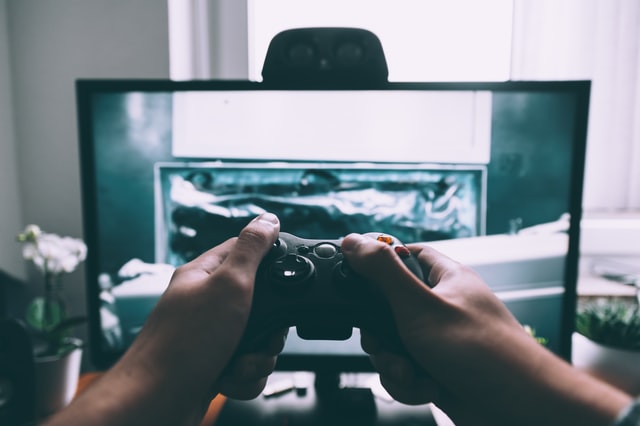The player’s interest
The player is the person for whom the game is made. If the idea or its implementation “doesn’t work” for him, you need to change them. To reduce the likelihood of such an outcome, it is important to find answers to a number of questions before starting work. Who is the game for? What emotions should it evoke? What are the basic mechanics and purpose of the game? How will this game be advantageously different from other similar projects? Why should a player want to play it? This does not mean that it is up to the game designer to answer these questions (such analysis is often left to the producers), but it is essential for him to know the answers and to consider them in his work.
Team communication
When every member of the team understands what kind of game he is doing, the chances that the player himself will understand the meaning of the game also increase, which is why communication between departments and specific specialists who are working on the same task is so important. For example, when developing a frightening cutscene, it’s important that the game designer, artists, and animators work in synergy. The game designer communicates what emotion the scene should provoke, the artists draw the appropriate picture, and the animators enhance the effect with animation.
The appeal of the game
At every stage, whether it’s working out a new level, event, or adding a new character, it’s important to ask yourself, “How interesting will what’s happening be to the target audience?” It’s important to know how and why the idea will attract players. A good idea shouldn’t just be one for you, so discussing it with your team is a great way to test it. These are the basic principles to follow when designing a game. There are a lot of subtleties and nuances in game design, and many of them are learned by experience. In the next articles we’ll tell you about the tricks that game designers use.

